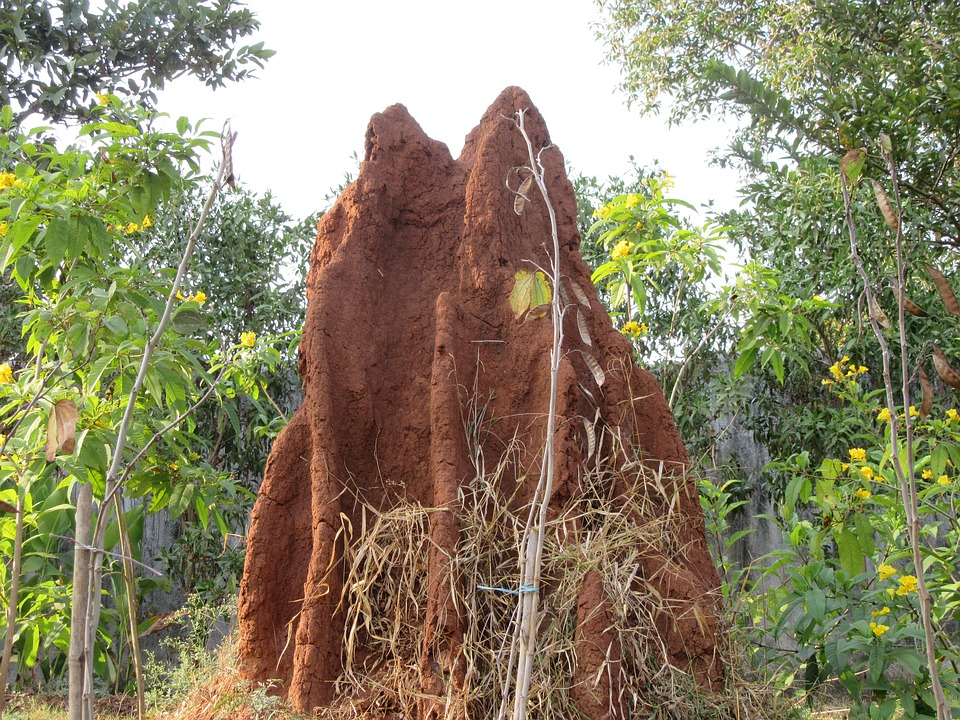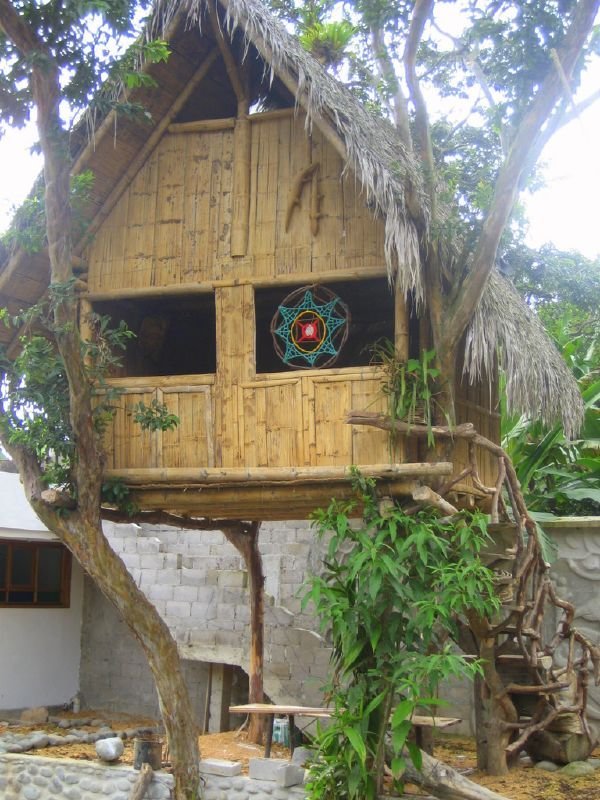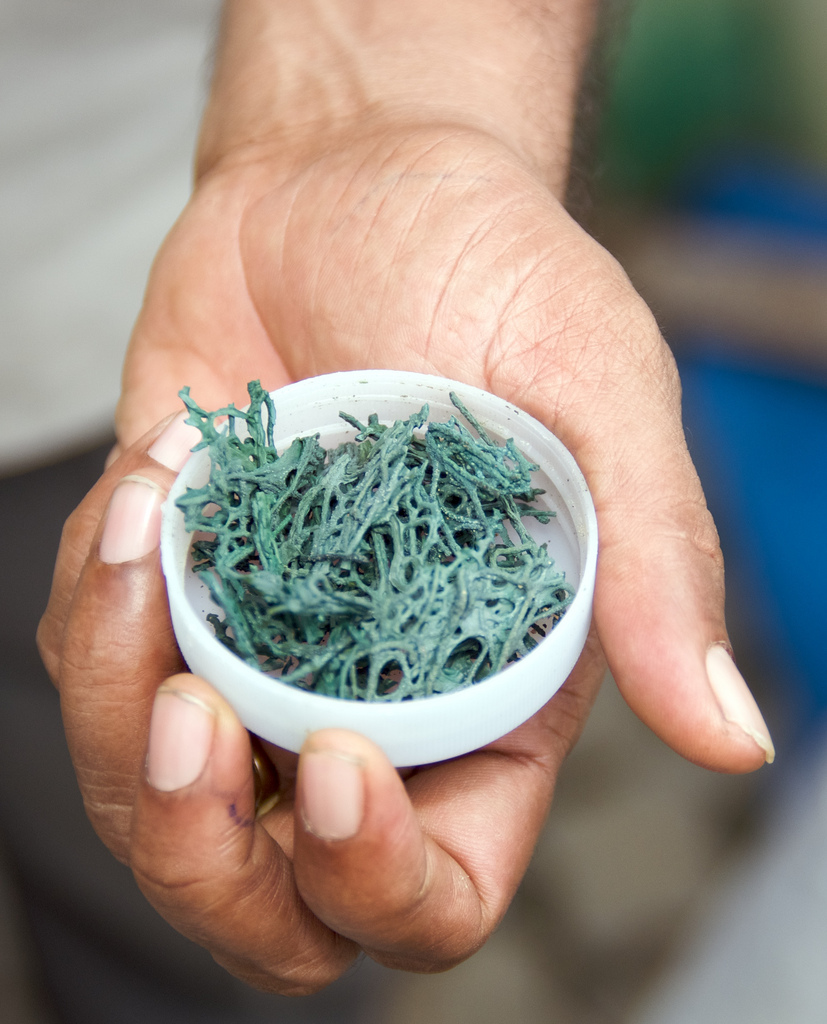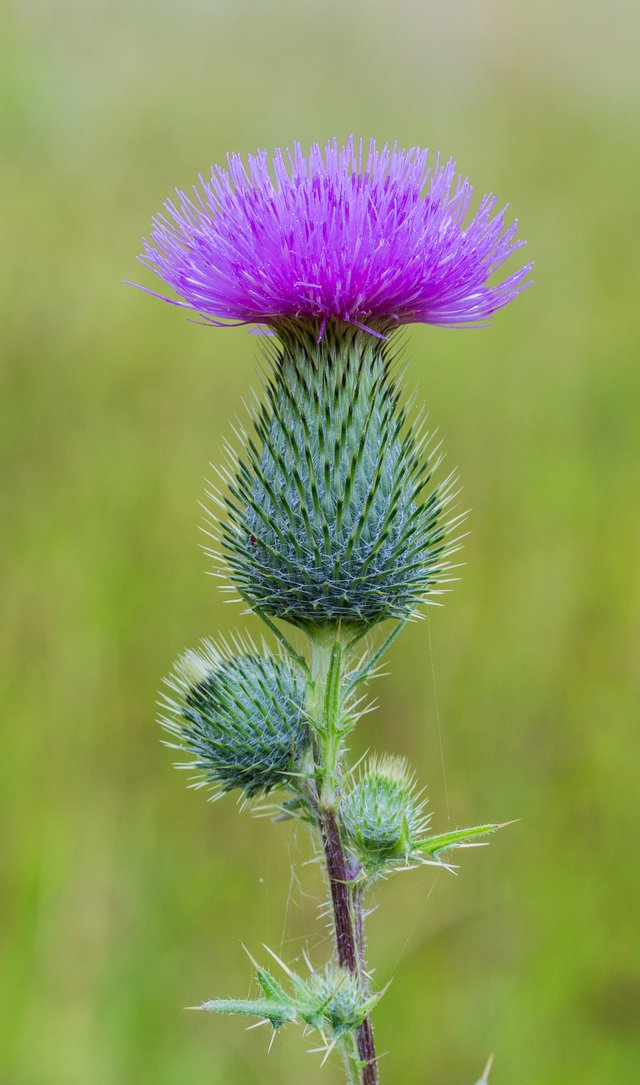Some principles of the Blue economy
Hey Steemians, I hope that you guys are all doing well. About a week ago, I wrote a post on the Blue economy titled “Introduction to the Blue economy”. This was an opportunity to review its history, how it works and even some two concrete use cases that derive from it. Today, we will review the fundamental economical principles of the Blue economy as well as two concrete examples that use the Blue economy approach.
Build local, Buy local
Build local
The Blue economy is not against globalization, but is against the perverse effects of globalization as they manifest today. The idea behind the Blue economy is to create value from what appears to be nothing or a “waste” (See the coffee example from my previous post). An entrepreneur in the Blue economy should always use what is available locally, as it is done by the nature. To give you an example, termites all over the world can build their nest at 81 degree Fahrenheit and 61 % humidity to prevent fungi from proliferating, no matter which hemisphere or region they are located in. They always achieve this technical prowess with what is available locally.

To give you another concrete example, let me talk about bamboo houses. Visionary architects such as Linda Garland, Simon Velez, showed that bamboo houses are a good alternatives for local communities that have bamboo farms, as it can be attractive, much more affordable and renewable compared to concrete and steel. Also bamboo houses are known to best resist earthquake due to their structure. Simon Velez designed the largest bamboo structure in Manivalez, Colombia, which resisted two severe earthquakes. Simon Velez was able to design a two- story low cost housing for only $12,000. [1]

Buy local
The Blue economy demonstrates that there is cash flow even in very poor communities. It is mentioned in the Blue economy 2.0 that, in 2004, Prof C.K. Prahalad and Stuart Hart demonstrated that 3 billion people who live with $2.50 a day represent 2.7 trillion in cash every year [8]. Now the problem is that the cash flow from those communities is quickly drained out everyday. What alternative is there then? Micro-economies. The Blue economy believes in micro-economies to rebuild local communities. Using the “Build local” approach, people in sub-communities should buy to business locally so that their cash flow can stay in their economy, grow and empower them. Note that the Blue economy is not against exportation of goods at all. In fact, many companies that have used the Blue economy approach have exported quite a good amount of their goods. But the fundamentals should be there (“build local then buy local”) so that the community can mature and be able to trade. Otherwise, problems might arise such as the Argentina case. Argentina can produce 10 times more food than its population needs. However, there are 750,000 children malnourished in Argentina due to its excessive exports [2].
The spirulina case
Spirulina is an algae that has many healthy properties and that can provide food security in communities. It mainly needs two conditions to be farmed: high humidity and CO2. A company named Energaia [3] in Thailand followed the Blue economy principles and was able to urban farm spirulina on hotel rooftops. Now this was a clever approach given that in hot humid areas such as in Thailand, hotels have many, many, many air conditionners (CO2) !! So basically they were able to farm spirulina 24/7 thanks to that approach and today this company has a solid business model. They are able to produce much cheaper spirulina in terms of market price. Hotels that partner with Energaia are able to serve spirulina smoothies or spirulina noodles to their customers. Today, Energaia is the most efficient producer of Spirulina on the planet [4]! Their goal is to be able to make their spirulina available worldwide [5]. You guys can imagine the local impact in terms of job creation and revenues.

The thistle case
The company Novamont in their bio-refineries in Sardinia in Italy has been able to make lubricants, natural herbicides with commercial values, elastomers, lubricants, bio-plastics all from thistles [6] [7]. At the inception of this project, they had to deal with abandoned bio-refineries that were full of thistles (which are usually perceived as just weeds by many). Instead of paying farmers to remove the thistle, they were able to use what was available locally and to produce multiple items of value. This is one of the core fundamentals of the Blue economy.

In this post, we were able to review some fundamentals aspects of the Blue economy principles. We were also able to discuss two relevant cases. In future posts, we are going to discuss more Blue economy use cases.
juv79505 sincerely thank you for reading this article. Please feel free to comment below in case you have ideas, questions, suggestions or simply want to criticize this article. Also, note that all pictures used in this article were extracted from the google section “pictures labeled for commercial reuse”. Stay tuned for more articles on health, environment, artificial intelligence, technology, geography, history, sports or video games.
References
[1] The Blue economy 2.0 Book by Gunter Pauli, Chapter 14, “Building Designed by Flows”.
[2] http://www.gunterpauli.com/blog
[3] http://www.theblueeconomy.org/uploads/7/1/4/9/71490689/case_104_clustering_urban_farmin_21-2-2015.pdf
[4] http://energaia.com/about-energaia/technology/
[5] https://www.youtube.com/watch?time_continue=122&v=03FodbygCwU
[6] http://nothing-to-hide.org/LeatherFacts/Leather_and_the_%E2%80%98Blue_Economy%E2%80%99
[7] https://bluethinkdivecom.wordpress.com/2015/09/30/from-thistles-to-bio-plastics-fuel-gunter-pauli/
[8] The Blue economy 2.0 Book by Gunter Pauli, Chapter 15, “Making Affordable Housing Affordable”.
Pictures
Picture 1 : https://goo.gl/NUsYjD
Picture 2:https://goo.gl/rWJqG9
Picture 3: https://goo.gl/7RqYhL
Picture 4: https://goo.gl/ucdNh5
Thank you for sharing!
Prego! :)
Thank you for writing this article. It was very informative, and examples are used very educational.
@blairwarner you are very welcome! Glad you liked the article and thank you for your comment!
Resteemed your article. This article was resteemed because you are part of the New Steemians project. You can learn more about it here: https://steemit.com/introduceyourself/@gaman/new-steemians-project-launch
Thank you I appreciate it!
Thank you for bringing the Blue Economy principles and examples to Steemit!
I'm struck by the parallels to the story that Elisabet Sahtouris relates in her book Earth Dance. In the early days of life on Earth, the blue-green bacteria "discovered" photosynthesis and, because of the abundance of CO2 and sunlight, were phenomenally successful, becoming the dominant life-form for nearly 2 Billion years (almost half the entire history of life on Earth1). But their very success created a planetary crisis. Because the highly poisonous "waste-product" of their photosynthesis -- oxygen(!) -- was being pumped into the atmosphere in volumes that were threatening life on Earth. It was, perhaps, our first planetary crisis caused by living creatures. In a story that has now been repeated many times, the evolutionary process spontaneously generated responses to this crisis and, lo, creatures emerged that could use oxygen as fuel to create food molecules (via the process known as respiration).
Crisis averted by turning waste into a nutrient stream! And an entirely new diverse explosion of life-forms was the result.
Roll the clock forward and we find another species creating a planetary crisis that threatens life on earth -- human beings.
If there is one thing our predominant economy knows how to create, it's waste! By encouraging us to shift our perspective to a living systems approach --recognizing there is no waste in nature, only nutrient streams -- Blue Economy is tapping into huge potential. As such, it seems a powerful evolutionary response to our current crises.
Much gratitude to you for bringing news of the Blue Economy to Steemit!
@evomimic Thank you for reading my article and for your comment, I appreciate it!
"I'm struck by the parallels to the story that Elisabet Sahtouris relates in her book Earth Dance" I did not know about her actually, thank you for sharing, I will check her writing out.
Yes indeed billions of years ago oxygen was very poisonous as you pointed out. In fact, oxygen remain the most poisonous element on the history of the earth so far, even ahead of radioactive chemicals as we know them today! As you pointed out also, nature is very resilient and know how to cope very well in periods of crisis. So if you think about it, the people that we should be the most worried about are us the human beings. Nature will always learn how to adapt but will we adapt? That's the question.
Yeah I totally agree with you the Blue economy has a huuuuuge potential and more people need to know about it. I will write new posts about the Blue economy soon.
Thank you again for reading and commenting!
Thank you to deal with Blue Economy, is one of my favorites books. Hope you will continue to write on this (or biomimicry, sustainable design, ...)
Thank you for commenting and you are very welcome! I will definitely keep writing on this!
I have heard this term but was unaware what it truly meant. I am all about this! I think it's important for the harmonious relationship between humans and the planet to use what resources are available in a given area. Other species have figured this out because they follow the laws of nature. Because humans have manipulated the "natural law," they must simulate the law of nature to be more in harmony with it. My interpretation, anyway ;) well written article as usual!
I am very glad that you like the Blue economy principles, and you are right there needs to be harmonious relationship between humans and the planet. The only way to achieve that is to make a business model that is profitable on both sides and that is what the Blue economy does!
" Because humans have manipulated the "natural law," they must simulate the law of nature to be more in harmony with it. " I think part of the reason is because in general human beings tend to see and think linearly (we all do to a certain extent, at least consciously anyway). But nature doesn't and sometimes humans fail to see direct consequences of their actions because of that.
Thank you, I appreciate it! :)
I completely agree! It's easy to see the short gain, and ignore the long term consequences. I'm glad humans are getting more foresight
Congratulations! This post has been upvoted from the communal account, @minnowsupport, by juv79505 from the Minnow Support Project. It's a witness project run by aggroed, ausbitbank, teamsteem, theprophet0, someguy123, neoxian, followbtcnews, and netuoso. The goal is to help Steemit grow by supporting Minnows. Please find us at the Peace, Abundance, and Liberty Network (PALnet) Discord Channel. It's a completely public and open space to all members of the Steemit community who voluntarily choose to be there.
If you would like to delegate to the Minnow Support Project you can do so by clicking on the following links: 50SP, 100SP, 250SP, 500SP, 1000SP, 5000SP.
Be sure to leave at least 50SP undelegated on your account.